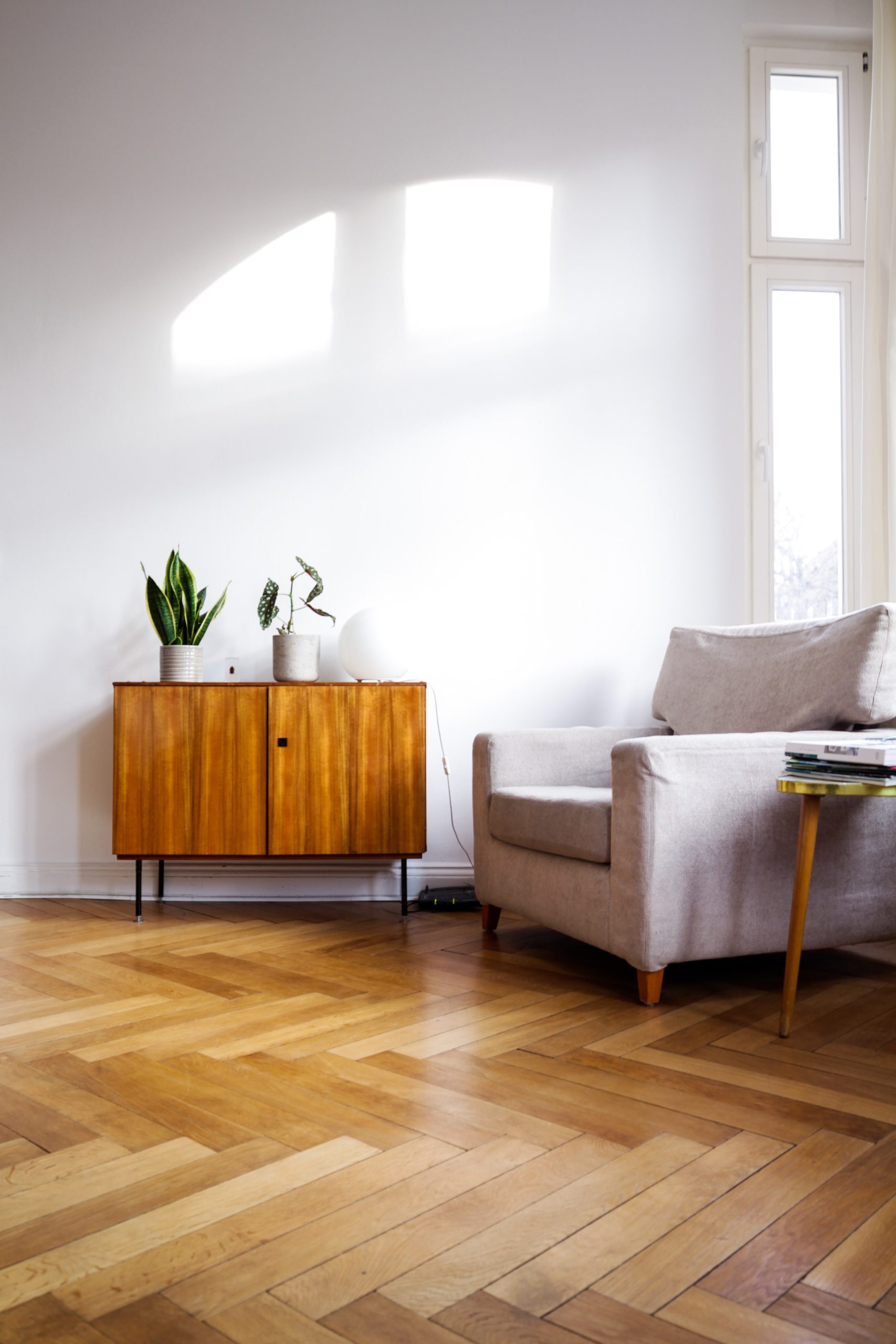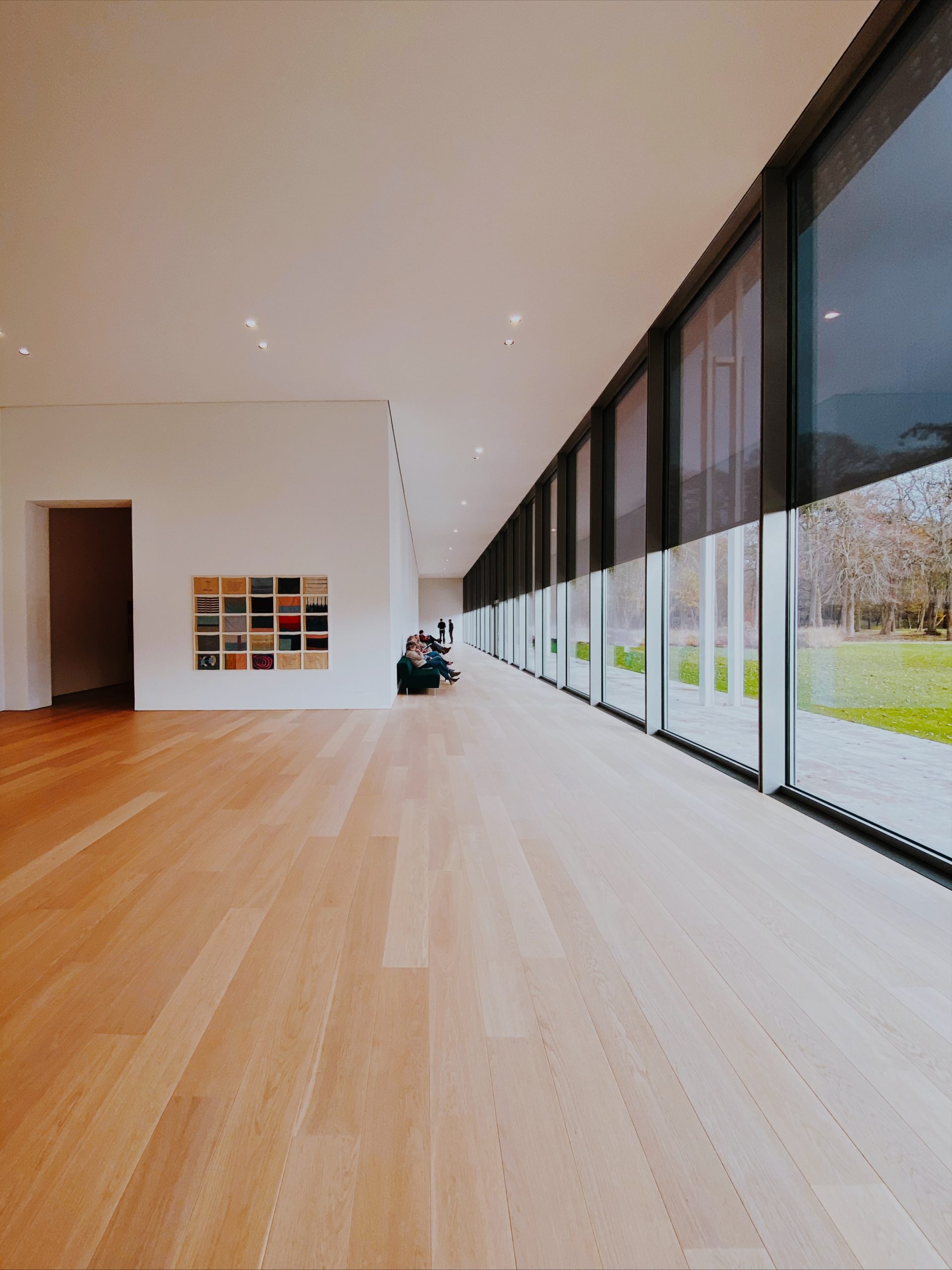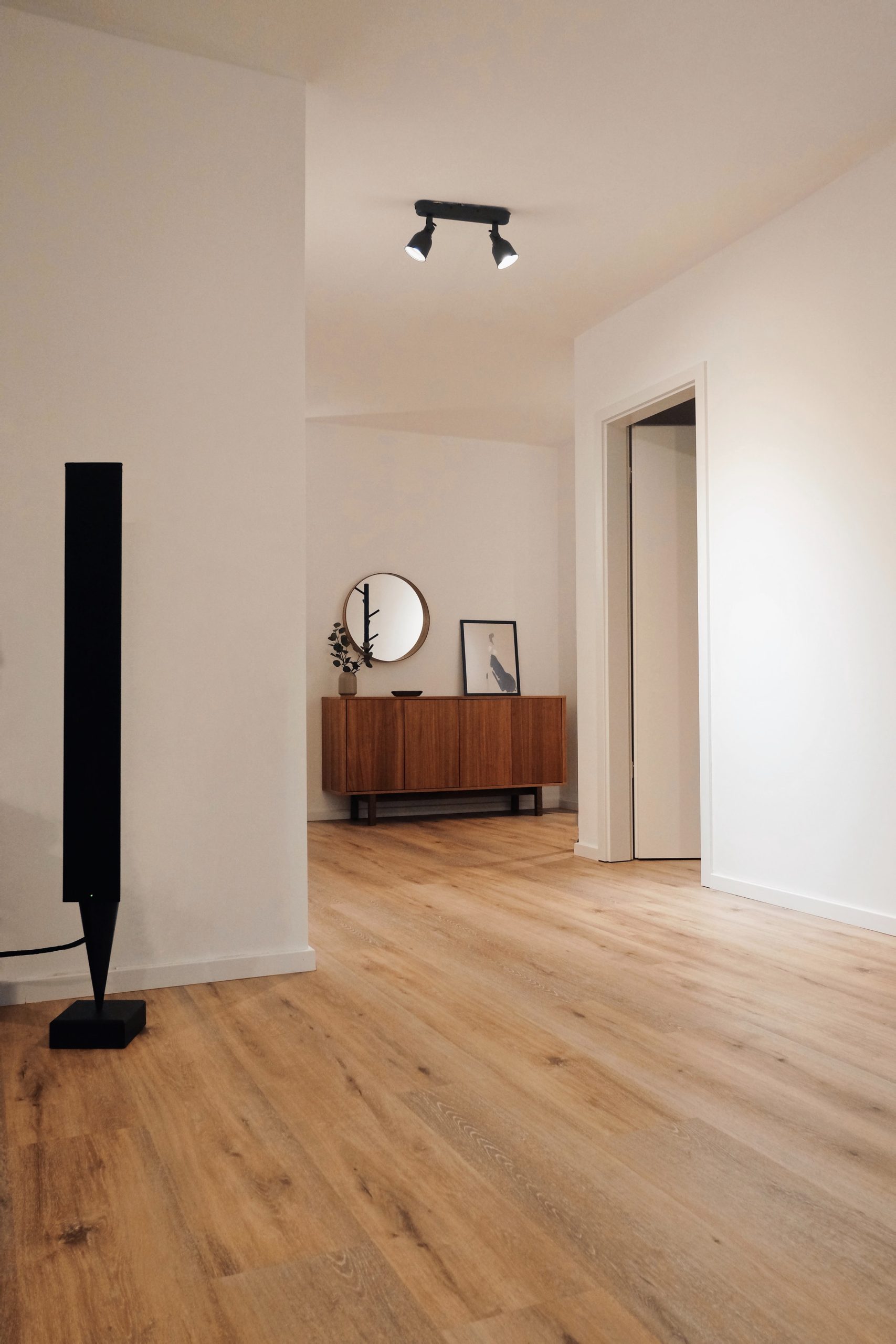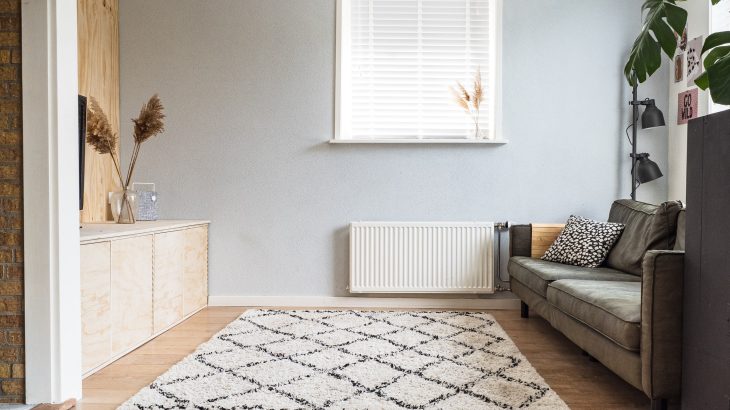Parquet is the most stylish floor covering when referring to interior design. It is usually composed of a finned wood assembly and comes in several types. However, the wrong choice of wood or a lack of maintenance leads to a squeaking noise that is quite unpleasant to hear. So, without further ado, let’s dive into this blog and learn how to get rid of it and apply the following tips.
Identify the causes
1. The age of the floor

One of the most common reasons for a squeaky floor is age. Over time, the floor is subjected to frequent use to the point where the boards no longer fulfill their role. The resulting friction causes squeaking.
2. Temperature variations
Wood is a living element. This is why it reacts to temperature variations. Therefore, it can stretch, swell and shrink according to temperature changes. The resulting effects are a creaking noise.
3. Humidity
Just like temperature variations, parquet also reacts to humidity. Over time, the wood swells and deforms. In any case, regardless of the type of floor finish, be aware that it can wear and squeak.
The different techniques to apply
Maintenance with a special parquet oil

This oil is designed to maintain any wooden floor. It nourishes each wood strip and reduces the cracking caused by the dryness of the wood. Therefore, the application of the special parquet oil is a preventive measure against creaking. If you do not have parquet oil, use wax.
Repairing floor fixings
When your floor is squeaking, the first thing you should do is check the fasteners. Indeed, it is possible that the wood strips rub against each other. To remedy this, you can proceed as follows
-
- Locate the joists that are causing the squeaking by exerting light pressure on the floor
-
- Find the source by tapping on the adjoining boards
-
- Drive a screw or nail into each surface of the joists
These repair techniques are fairly simple and don’t take much time. But if you have concerns, call in the services of a qualified flooring contractor.
Application of talcum powder
The application of talcum powder is a simple and easy method to perform. This technique does not affect the interior decoration. First, remove all the dust between the wood boards. To do this, use a knife blade and a vacuum cleaner.
Sprinkle talcum powder between the floorboards and jump so that the product is well inserted in each gap. The talcum powder acts as a binder and helps to reduce the unpleasant noises caused by the squeaking of the floor. Clean the surface to be repaired with a slightly damp mop.
Consider renovating your floor
If you can’t eliminate or reduce the noise of your squeaky floor, a total renovation is an ideal solution. To do this, choose a quality material that is durable enough. You can choose solid wood or other flooring finishes. Be aware. However, that handling wood is quite delicate, and only a professional will be able to advise you and apply the appropriate treatments. You are guaranteed to have a durable floor. The company has competent tradesmen with unparalleled know-how.
Replace the left floorboards and level the structure

If the floorboards squeak too much, you can also change them partially and correct the defect at the structural level. But it is essential to work; this repair requires a total renovation of the entire floor. Indeed, even if you only change a few boards, you will have to sand the entire floor again, varnish, oil, or wax it for a homogeneous result.
If you plan to renovate your floor and it tends to squeak in various places, this is an excellent solution. If the entire floor is squeaky, it can be replaced. Re-supporting the joist will then be essential because if the creaking was due partly to a lack of level, the problem would persist despite installing a new floor if no leveling is done.
Sound off in the comments section below and tell us what you want to read next and if you want to read more about repairing squeaky floors.




















